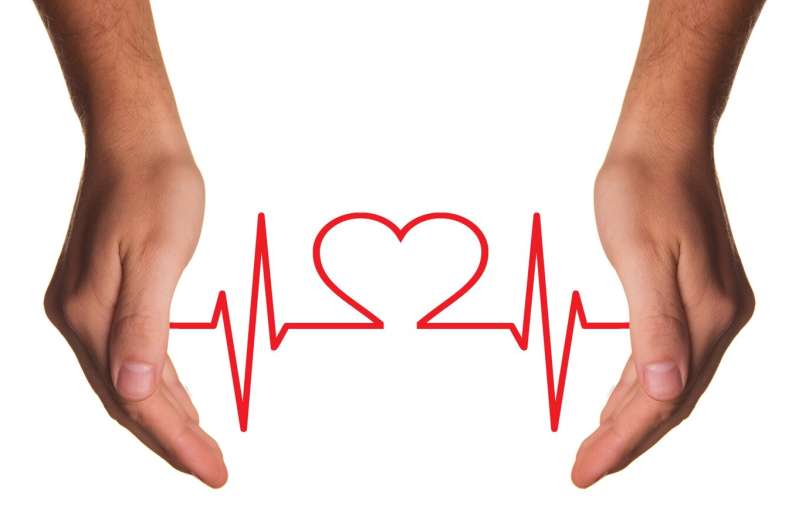Extended Transport of Donor Hearts Using Machine Perfusion Technology

In regions like Australia, geographical separation between metropolitan areas often posed challenges for heart transplantation, with donor hearts frequently going unused due to transportation limitations. Traditionally, donor hearts were transported in portable coolers, giving transplant teams a strict six-hour window to implant the organ. However, advancements in machine perfusion technology now allow for longer preservation times, enabling donor hearts to travel much greater distances.
Dr. Emily Granger, a cardiothoracic and lung transplant surgeon at St. Vincent's Hospital in Sydney, highlighted these developments at the International Society of Heart and Lung Transplantation (ISHLT) conference in Boston. She explained that for cases like a donor heart in Perth, which might be nearly 2,000 miles away from a recipient in Sydney, the journey previously took about five hours by flight, with additional hours for retrieval and preparation, totaling around seven hours.
The focus at St. Vincent's has been on ensuring that donor hearts can be preserved effectively over long distances. Since 2014, the center has been at the forefront of using machine perfusion—where a blood-mimicking solution is pumped through the heart during transport—to extend preservation times significantly. Initially used for hearts donated after circulatory death, this technology is now employed in over 50% of the center’s heart transplants.
St. Vincent’s has pushed the capabilities of normothermic machine perfusion (NMP), maintaining the donor heart at approximately 35°C for up to 8 hours, with some centers even experimenting with durations of 10 hours. This advancement has removed previous time restrictions, allowing organs from distant regions to be considered viable, vastly expanding the donor pool.
Looking to the future, Dr. Granger envisions even greater possibilities, such as international exchanges of donor hearts. This could facilitate the transfer of organs between countries, including from New Zealand and potentially from Pacific Islands or Asian countries, providing solutions for patients with rare or difficult-to-match conditions.
Research indicates that transplant outcomes using machine perfusion are comparable to traditional methods. Studies at St. Vincent's have shown no significant difference in primary graft function between organs preserved with machine perfusion and those transported via conventional methods, suggesting that the technology effectively mitigates the impact of transportation time.
Overall, the advancements in machine perfusion are revolutionizing heart transplantation, expanding the potential donor pool, and allowing transplant teams to think beyond previous geographical and temporal limits. As Dr. Granger remarks, the only remaining boundaries are those of imagination, heralding a new era for transplant medicine.
Stay Updated with Mia's Feed
Get the latest health & wellness insights delivered straight to your inbox.
Related Articles
Innovative Mouse Stem Cell Lines Enhance Understanding of Autism Genetics
Kobe University researchers have created a bank of mouse embryonic stem cell lines with key autism-related genetic mutations, paving the way for advanced insights into the disorder's genetic basis and potential treatments.
Blood Fatty Acid Profiles Can Predict Bone Density Development from Childhood to Adolescence
Recent study shows that blood fatty acid profiles can predict bone density development from childhood to adolescence, highlighting the importance of metabolic factors in skeletal health.
The Impact of Crack Cocaine Availability on Marginalized Communities
A new study reveals how widespread crack cocaine availability is fueling addiction and social marginalization among vulnerable communities in Northern England, emphasizing the need for targeted interventions and social support.



